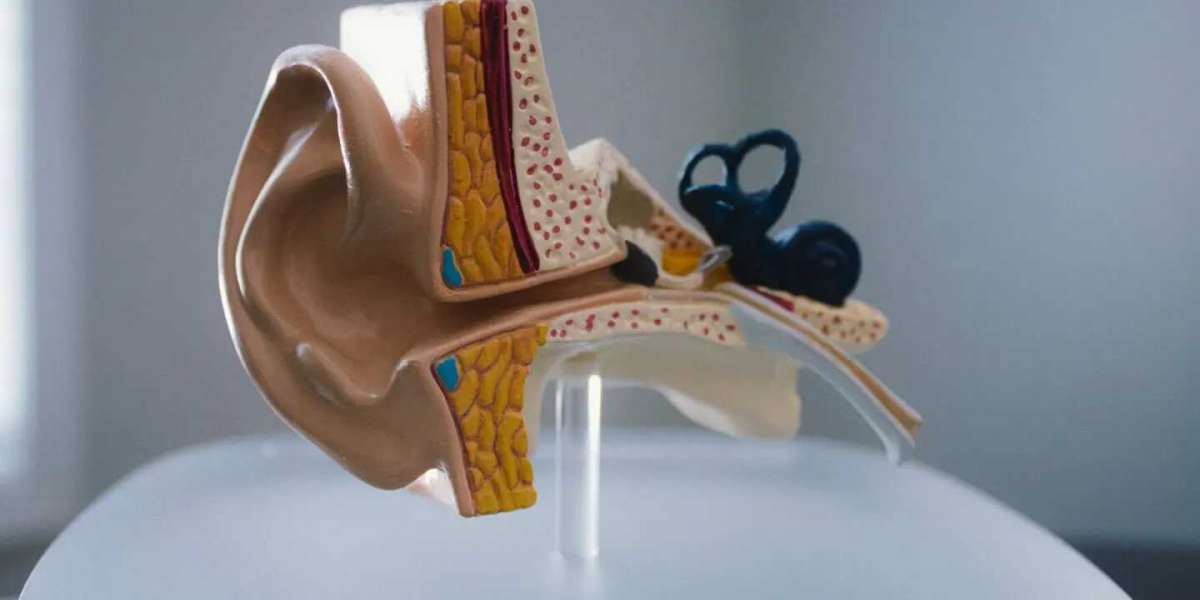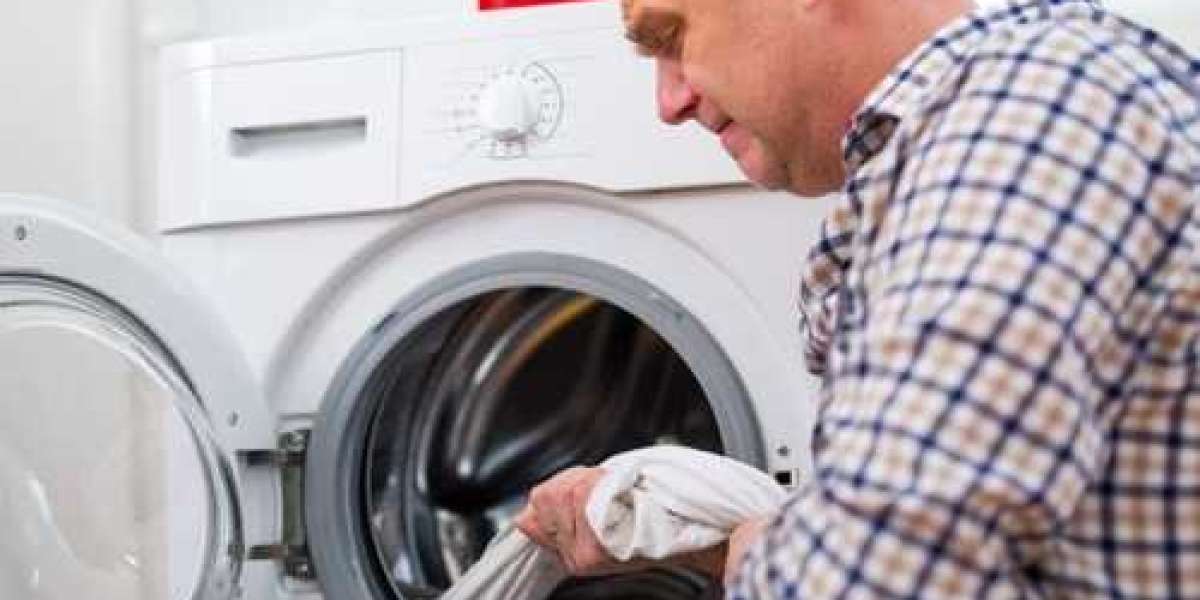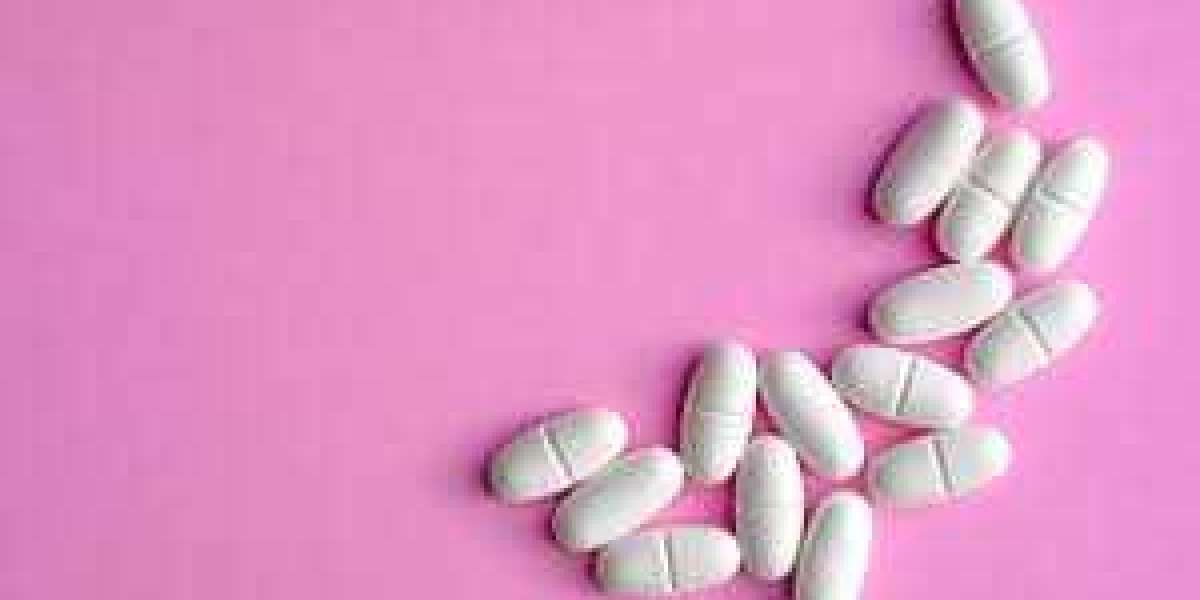Earwax, or cerumen, is a natural substance produced by your body to protect and clean your ears. It acts as a barrier against dirt, dust, and bacteria while keeping your ear canal lubricated. However, when earwax builds up excessively, it can lead to discomfort, hearing difficulties, or even infections. Here’s a comprehensive guide to safely removing earwax while avoiding common mistakes.
The Dos of Earwax Removal
Use Earwax-Softening Drops
Over-the-counter ear drops, made with ingredients like hydrogen peroxide or saline, can soften hardened earwax, making it easier to remove. These are especially useful if you experience blockages.Irrigation (Ear Flushing)
You can use a bulb syringe to gently rinse your ear canal with warm water. This method works well for soft earwax buildup. Ensure the water is not too hot to avoid burns or irritation.Consult a Healthcare Professional
If you have significant wax buildup or experience symptoms like pain, ringing in your ears (tinnitus), or hearing loss, seek professional assistance. Audiologists or ENT (ear, nose, and throat) specialists can safely and effectively remove earwax.Keep Ears Dry
After any earwax removal process, gently dry your ears using a soft towel or tilting your head to let excess water drain out. This prevents infections, especially for those prone to swimmer’s ear.Practice Routine Ear Hygiene
While your ears are self-cleaning, you can occasionally wipe the outer ear with a damp cloth to remove visible wax. This simple step maintains cleanliness without interfering with natural earwax production.
The Don’ts of Earwax Removal
Avoid Cotton Swabs
Contrary to popular belief, cotton swabs are not safe for earwax removal. They often push wax deeper into the ear canal, leading to impaction and potential damage to the eardrum.Say No to Sharp Objects
Never use items like hairpins, toothpicks, or bobby pins to remove earwax. These can scratch the delicate skin inside the ear canal or puncture the eardrum.Don’t Ignore Persistent Symptoms
If earwax buildup causes ongoing discomfort or impairs your hearing, don’t delay seeking professional help. Persistent symptoms may signal an underlying issue requiring medical attention.Avoid Over-Cleaning
Cleaning your ears too often can strip away protective earwax, leaving your ear canal dry and more susceptible to infections. Let your ears do their job naturally.Don’t Use Ear Candling
Ear candling, a controversial alternative therapy, is not recommended by healthcare professionals. It can cause burns, ear canal blockages, or even perforate the eardrum.
When to Seek Help
While most earwax issues can be managed at home, there are times when professional intervention is necessary. Contact a healthcare provider if you experience severe pain, drainage from the ear, or sudden hearing loss. Children, individuals with hearing aids, or those with a history of ear issues should also exercise extra caution.
By following these dos and don’ts, you can maintain healthy ears while safely addressing earwax buildup. Remember, your ears are designed to care for themselves most of the time—intervene only when truly necessary. Safe practices will ensure your ears stay clean and functional for years to come.














